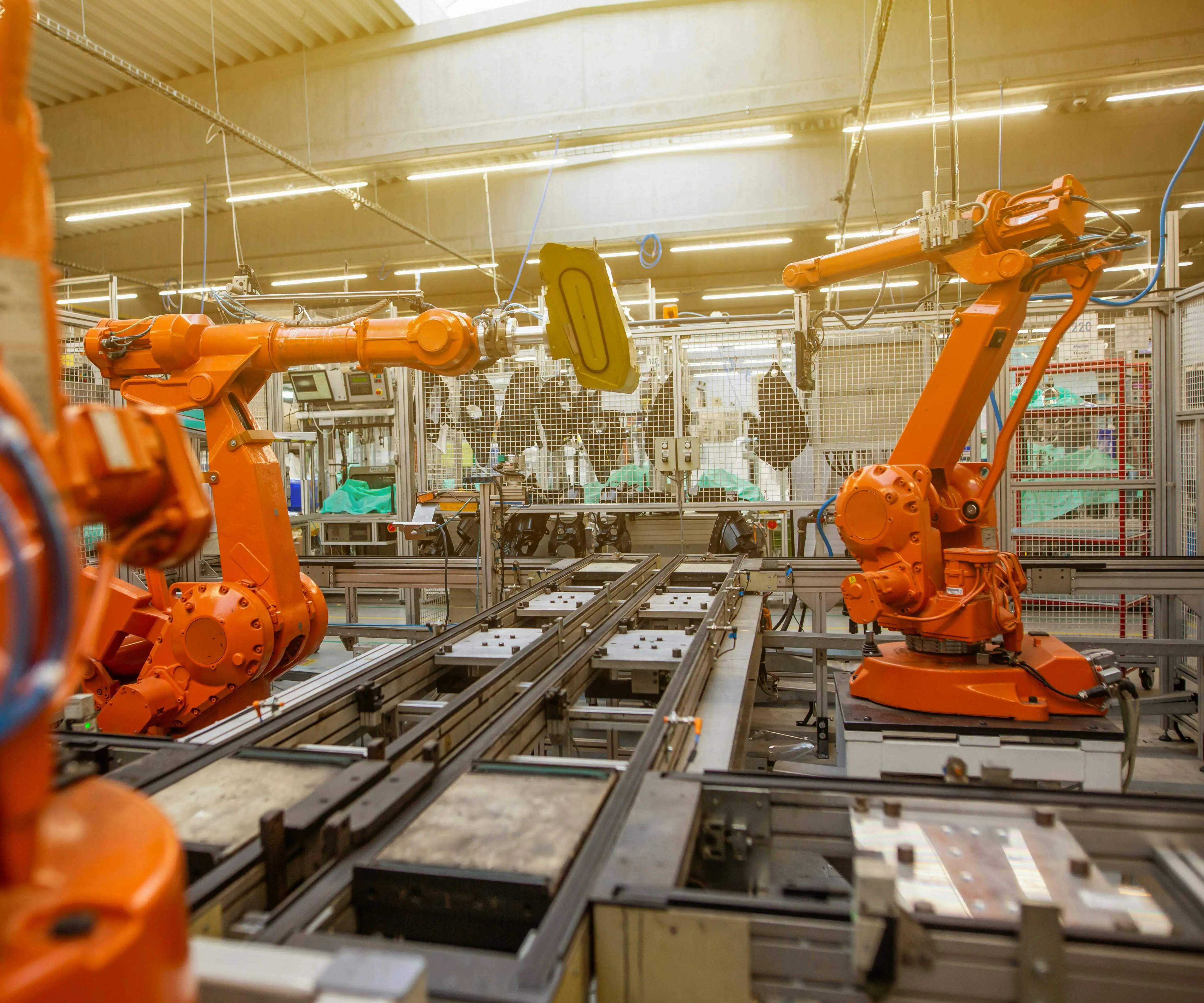Imagine a world where machines don't just operate blindly but instead see, sense, and respond with astonishing precision—transforming everyday interactions and pushing the boundaries of what automation can achieve. At the heart of this revolution are two seemingly simple yet incredibly powerful components: ultrasonic sensors and servo motors. When combined, they unlock a universe of possibilities in robotics, manufacturing, automotive, and even healthcare.

Ultrasonic sensors, often invisible to the untrained eye, are acoustic eyes that gauge distances with remarkable accuracy. They emit ultrasonic waves—sound waves at a frequency beyond human hearing—and listen for echoes bouncing back from objects. By calculating the time it takes for these echoes to return, ultrasonic sensors determine how far away an object is. This simple concept forms the backbone of many autonomous systems, enabling them to "see" and interpret their surroundings.
These sensors are known for their robustness and versatility. They excel in environments where optical sensors, such as cameras, might struggle—think fog, dust, or low light conditions. This resilience makes ultrasonic sensors particularly valuable in outdoor robotics, industrial automation, and even underwater applications where visual cues are obstructed or unavailable.
Meanwhile, the servo motor is a marvel of engineering—a compact, precise actuator capable of controlled angular motion. Unlike simple motors that spin freely, servo motors include a built-in feedback system, typically a potentiometer or optical encoder. This allows them to achieve accurate position control, making them ideal for tasks that require precise movements. Whether rotating robotic arms, adjusting camera angles, or controlling mechanisms in manufacturing lines, servo motors deliver reliable and repeatable performance.
What makes the pairing of ultrasonic sensors and servo motors truly compelling is the way they work together in intelligent systems. Ultrasonic sensors provide real-time environmental data, while servo motors respond with precise mechanical actions based on that data. This synergy creates a feedback loop where machines can detect obstacles, measure distances, and adapt their movements dynamically—mimicking intelligent behavior.
To grasp the significance of this pairing, consider a typical robotics application, such as an autonomous vehicle or a robotic arm in a factory. The ultrasonic sensor acts as the eyes, constantly scanning the environment for obstacles, distance changes, or target objects. When an obstacle is detected at a certain distance, the system's controller interprets this data and sends commands to the servo motor to adjust position, avoid collision, or pick up an object. This seamless interaction forms the foundation of many smart automation solutions.
The beauty of ultrasonic sensors lies in their simplicity and reliability. They operate effectively over a range of distances, from just a few centimeters to several meters, depending on the specifications. Their ability to work in various weather conditions—rain, fog, or bright sunlight—without significant degradation boosts their popularity across industries.
In comparison, servo motors bring the precision required for tasks where exact positioning is non-negotiable. Combined with sensors, they enable systems that are not just reactive but proactive, adjusting behaviors on the fly. Picture a self-parking car that uses ultrasonic sensors to gauge the parking space and servo motors to steer and position itself perfectly within the lines—a feat of engineering and control.
But the applications extend well beyond automotive. In agricultural robotics, ultrasonic sensors detect crop rows and obstacles, prompting servo motors to maneuver planting arms or harvesting tools with pinpoint accuracy. In manufacturing, ultrasonic sensors monitor conveyor belts, ensuring products are correctly positioned, with servo motors making real-time adjustments. Even in healthcare, ultrasonic sensors assist robotic surgical tools, with servo motors executing delicate movements based on sensor feedback.
Integrating ultrasonic sensors with servo motors also opens doors to innovations like obstacle avoidance robots, interactive art installations, and adaptive security systems. For instance, a security robot equipped with ultrasonic sensors can patrol an area, detecting intrusions and maneuvering around obstacles via servo-powered wheels and arms. Similarly, musical instruments that adjust their tuning or effects based on proximity rely on this technology.
The challenge, of course, lies in harmonizing these components—ensuring that sensors provide accurate data, and motors respond swiftly and precisely. This requires sophisticated control algorithms, often based on microcontrollers or embedded systems. Researchers and engineers continue to develop smarter algorithms that enable smoother, more efficient motion control, pushing the capabilities of simple hardware.
As the demand for automation grows, so does the importance of understanding how ultrasonic sensors and servo motors work together. Future advancements will likely bring even smaller, more energy-efficient sensors and motors with higher torque and better precision. The integration of artificial intelligence and machine learning is already beginning to enhance these systems, allowing them to learn and adapt over time, creating truly intelligent machines.
In essence, ultrasonic sensors and servo motors are more than just components—they are the building blocks of a new age of intelligent systems. They empower machines to interact with the physical world in ways once thought impossible, blurring the lines between automation and autonomy. As we continue to innovate, the synergy between these technologies promises a future where machines are not just tools but active, responsive partners in our daily lives.
Established in 2005, Kpower has been dedicated to a professional compact motion unit manufacturer, headquartered in Dongguan, Guangdong Province, China.




































